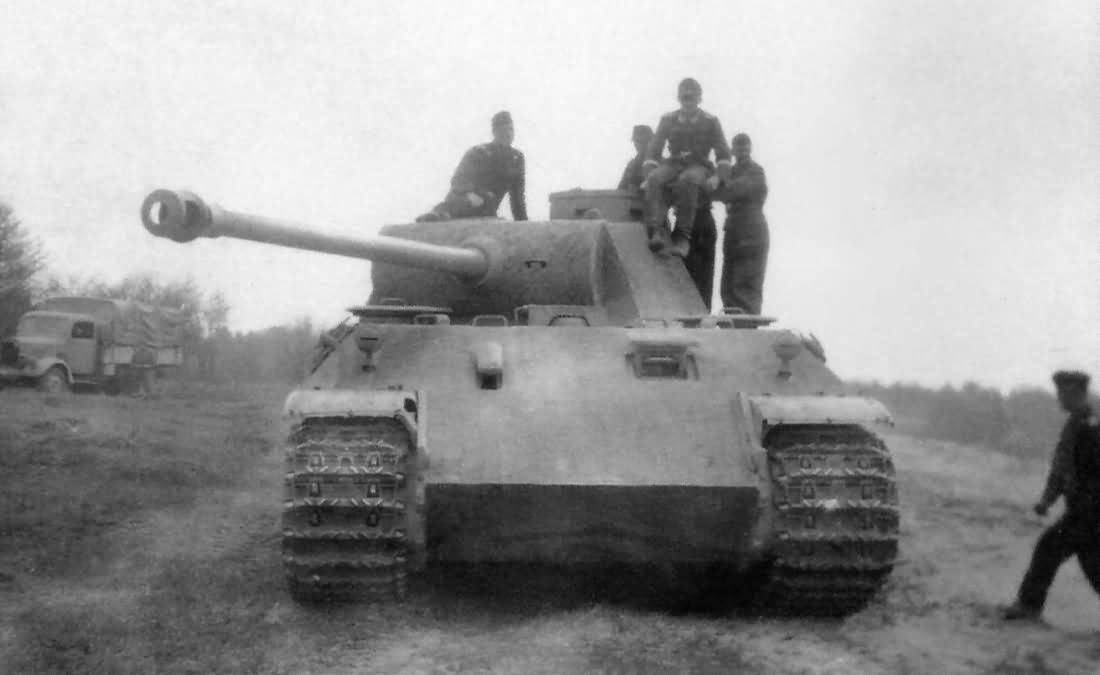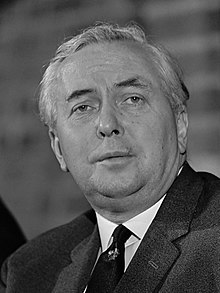
What could be a good scenario for this photo of a destroyed Nuclear Reactor?
Btw it is of the Chernobyl Nuclear Reactor of OTL.

Maybe keep it in Ukraine, and example of the nuclear power boom propogated by Germany, who funded reactor ventures in members of Mitteleuropa, but left the running of the actual reactor to the local governments. After austerity cuts forced upon Ukraine by the Mitteleuropan Bank, they cut the safety legislation for such reactors, and one effect was the explosion of the Chernobyl plant.
What could be a good scenario for this photo of a destroyed Nuclear Reactor?
Btw it is of the Chernobyl Nuclear Reactor of OTL.




Im going to say a no to this one,as the guy who kinda ran the catholic and italian side of the updates my offical word is this: the church stayed on pretty much the same course it has OTL theologically.The meeting was characterised by the fact the Jolie was allowed to meet the Pope togheter with her wife Drew Barrymore, making them the first homosexual couple whose marriage was officially recognised by the Italian Federation
SorryIm going to say a no to this one,as the guy who kinda ran the catholic and italian side of the updates my offical word is this: the church stayed on pretty much the same course it has OTL theologically.
I will change it nowIm going to say a no to this one,as the guy who kinda ran the catholic and italian side of the updates my offical word is this: the church stayed on pretty much the same course it has OTL theologically.
I changed the last partIm going to say a no to this one,as the guy who kinda ran the catholic and italian side of the updates my offical word is this: the church stayed on pretty much the same course it has OTL theologically.
Yes I'd say it works.I changed the last part
Is it ok now or i have to change it again?

Im going to say a no to this one,as the guy who kinda ran the catholic and italian side of the updates my offical word is this: the church stayed on pretty much the same course it has OTL theologically.
I changed the last part
Is it ok now or i have to change it again?
Sorry,will do in the futurem for my origonal problem was that he had the Church reconizge their marriage, having them meet would probably be fineI think it worked as it originally was - even if the Church stayed on a certain course, she's the head of a majorly powerful country, exceptions would likely be made in the interests of diplomacy
Also, just in future PEW - not giving you a hard time, but maybe ping me before agreeing on canon - setting creator here, after all


Sorry,will do in the futurem for my origonal problem was that he had the Church reconizge their marriage, having them meet would probably be fine
Sorry, i didn't mean to offend youI think it worked as it originally was - even if the Church stayed on a certain course, she's the head of a majorly powerful country, exceptions would likely be made in the interests of diplomacy
Also, just in future PEW - not giving you a hard time, but maybe ping me before agreeing on canon - setting creator here, after all